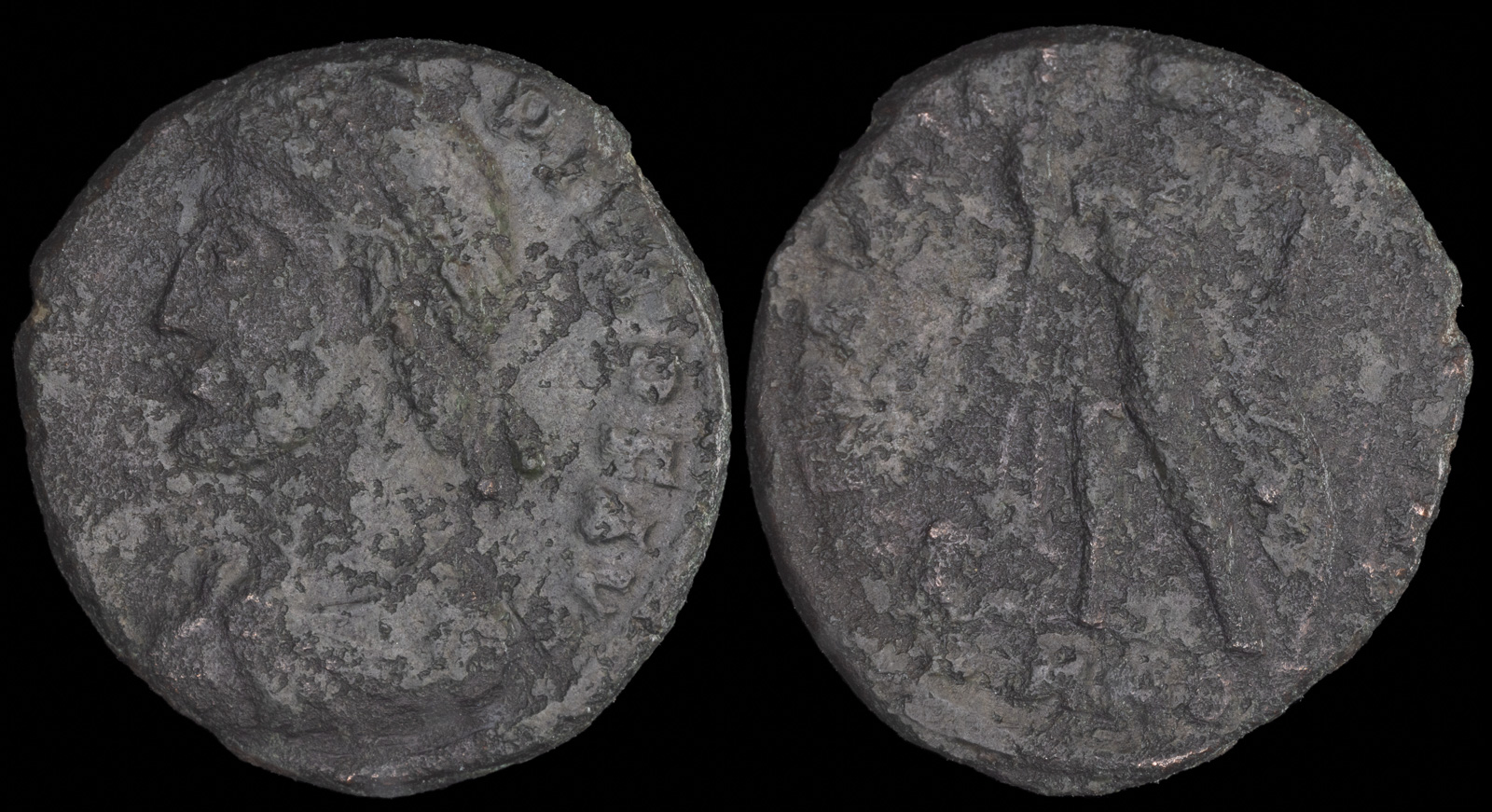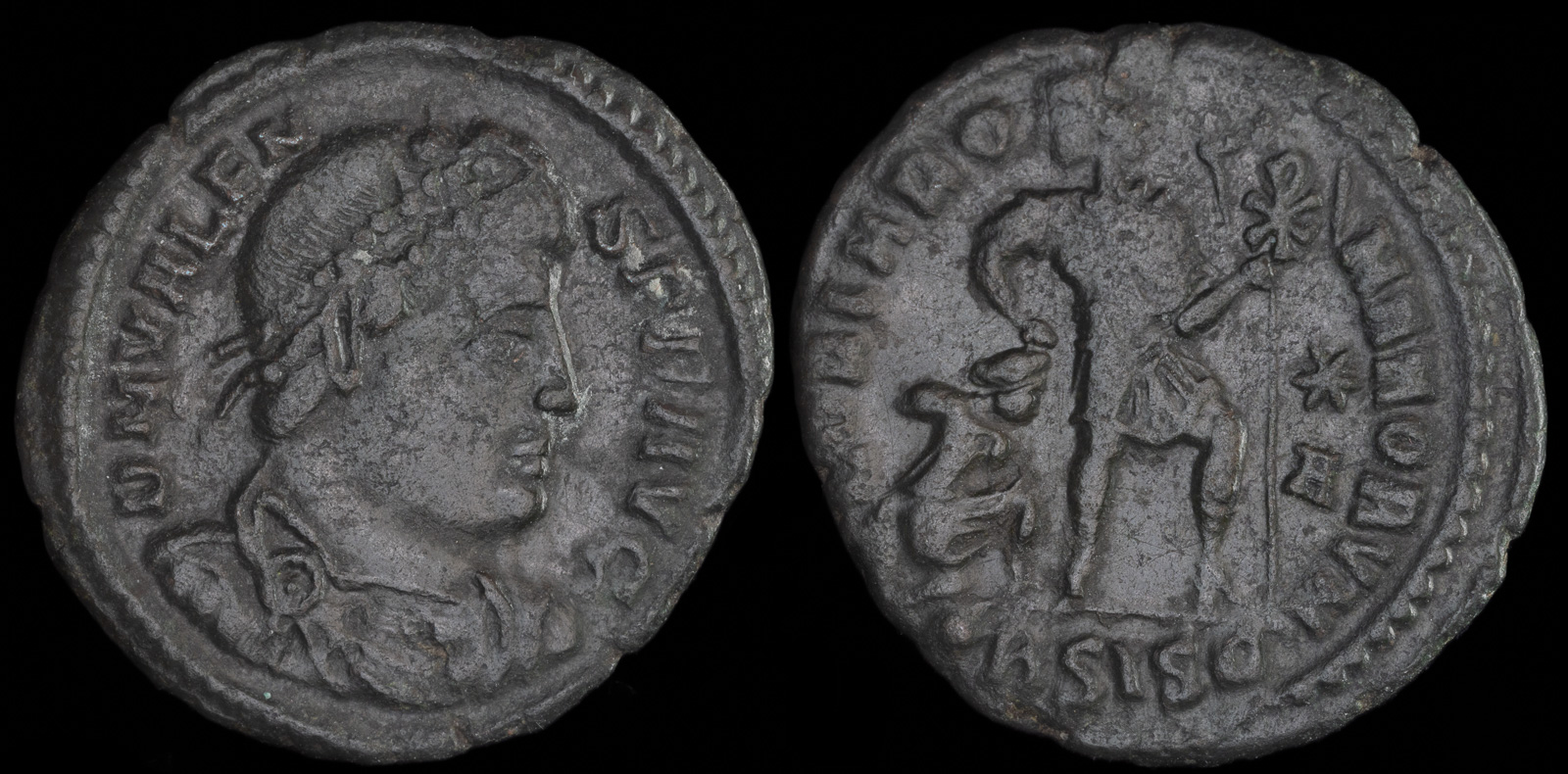Labarum
View All Tags
The labarum was a banner-like standard resembling earlier Roman military ensigns but with Christian iconography. It consisted of a long shaft topped by a cross or a Chi-Rho monogram (☧), a symbol formed by the first two Greek letters of “Christos” (Χριστός). Beneath this symbol, a draped cloth or flag often hung, which might bear additional Christian imagery or imperial insignia. This design represented Constantine’s dual role as emperor and protector of the Christian faith.
The labarum symbolized divine favor and protection, embodying Constantine’s vision of unifying the empire under the Christian God. It served as a marker of imperial authority and a public declaration of the emperor’s allegiance to Christianity. This was a significant shift in Roman symbolism, as earlier military standards often depicted pagan deities like Jupiter or Mars.
The first recorded use of the labarum was during Constantine’s campaign against Maxentius in 312 CE. According to Eusebius, a historian and contemporary of Constantine, the emperor had a vision or dream instructing him to adopt the symbol of the cross for protection and victory. After this vision, the labarum was created and carried into battle. Constantine’s victory at the Milvian Bridge was later attributed to divine intervention, further cementing the labarum’s significance.
Following this victory, the labarum became a standard feature of Roman military regalia, particularly in Christianized units. It was not only a practical battlefield standard but also a potent emblem of the merging of Roman imperial authority with the Christian faith. Subsequent emperors, especially those supportive of Christianity, continued to use the labarum as a military and religious symbol.

Procopius
Nicomedia
365-366 CE
AE Follis 16.62mm 2.71g
Obv: DN PROCOPIVS P F AVG. Pearl-diademed, draped & cuirassed bust left
Rev: Procopius standing facing, head right, holding labarum & shield set on ground; chi-rho at top right. two dots in left field. Mintmark dot SMNB RIC
Nicomedia 8 var (unlisted officina and fieldmark)
Ex Ibero Collection

Valens
Siscia 364-367 CE
AE 2.66g, 19mm
Obv: D N VALENS P F AVG, pearl-diademed, draped and cuirassed bust right.
Rev: GLORIA ROMANORVM, Emperor advancing right, dragging captive and holding labarum; star above A in right field, •BSISC in exergue.
RIC 5b